How to Exercise for Balanced Hormones
You’ve probably been there: exercising consistently for weeks and weeks on end, only to realize very few results physically. And to top it off, you actually feel more tired and less motivated than before. Not knowing how to exercise for balanced hormones could be the culprit.
Did you know that imbalanced hormones may be the reason for stalled results? I already know what you’re probably thinking: I’m exercising for more balanced hormones.
And you’re not totally off base. Regular exercise can have a positive impact on your hormonal health.
Benefits of Exercise
There are a bunch of positives when comes to working out regularly. It boosts the feel-good hormone, dopamine. Exercise boosts serotonin levels, which can help you sleep better, too.
There’s also the fact that regular exercise can ward off obesity. Obesity is linked to a host of conditions including estrogen-dominant hormone conditions and some types of PCOS.
Now before you invest in that fancy gym membership, there are a few things to keep in mind to get the most out of your workouts and bring your hormones into harmony.
7 Tips for Exercising for More Balanced Hormones
Before you pull out your old running shoes, here are a few tips that can help you maximize your workouts and plan them accordingly to your body’s needs.
1. Let your cycle be your guide
Have you noticed that your energy levels vary during your cycle? There’s a reason for that. Typically a drop in estrogen during the last half of your cycle may be one of the culprits for lower energy. As estrogen levels increase, your energy will likely increase.
Use your body’s natural energy as a fluctuation as a way to guide the type and intensity of your workouts. For example, the follicular phase may be a time to try something more challenging. While the end of the luteal phase may be a good time to keep things light and restorative.
2. Don’t overdo it on the cardio
Before you dust off your old running shoes, keep in mind that large amounts of intense cardio might be more harmful to your hormones.
Without getting too geeky about this, intense cardio can trigger a flight or fight response and increase your cortisol levels. Cortisol is a stress hormone that can trigger your body to hold on to fat and is linked to increased estrogen levels. Not ideal for those of us dealing with fibroids.
3. Prioritize recovery
Recovery activities include anything that allows your body to rest and restore itself. Prioritizing activities such as quality sleep, electrolyte intake, protein intake, and even massage are all ways to promote recovery. These activities are just as important as the exercise itself.
4. Lift some weights
Strength training has tons of health benefits. But one of the biggest benefits is increased insulin sensitivity. This can be helpful for women dealing with insulin resistance and conditions linked to insulin resistance.
Building muscle mass also allows your body to have a higher resting metabolic rate. Which means you burn more calories with less effort. And who doesn’t like to get more results with less effort?
4. Focus on breathing
Regardless of which type of exercise you do, breathing should always be prioritized. Proper breathing helps you to oxygenate the body for more energy and better recovery.
Personally, I love yoga and lifting weights because both activities allow me to slow things down and be more mindful of my breathing.
5. Start out in your comfort zone.
Whether you’re a novice or a pro in the gym, consistency is where the results lie. So it’s a good idea to pick an activity that you can enjoy or at least have the bandwidth to do consistently.
In the beginning, your focus should be building the habit. Proficiency will come over time.
6. Invest in coaching
A coach can provide guidance, accountability, and support. It’s worth the investment to have an expert give you an individualized roadmap to your personal success. If a one-on-one coach isn’t in your budget ask about group coaching. Some pros offer this as a more budget-friendly option.
If neither of these are attainable for you, invest your time. Take the time out to watch some YouTube videos on proper form and the actual science behind exercise.
7. Eat for energy
Although this post is about exercise, food is still a critical part of the routine. Getting ample amounts of macro and micronutrients will support recovery and give you the fuel you need to stay consistent.
Now that you have more insight into how to exercise for healthier hormones, it’s time to get moving. Find an activity that you like, buy a few cute workout clothes and have fun. Your hormones will thank you.

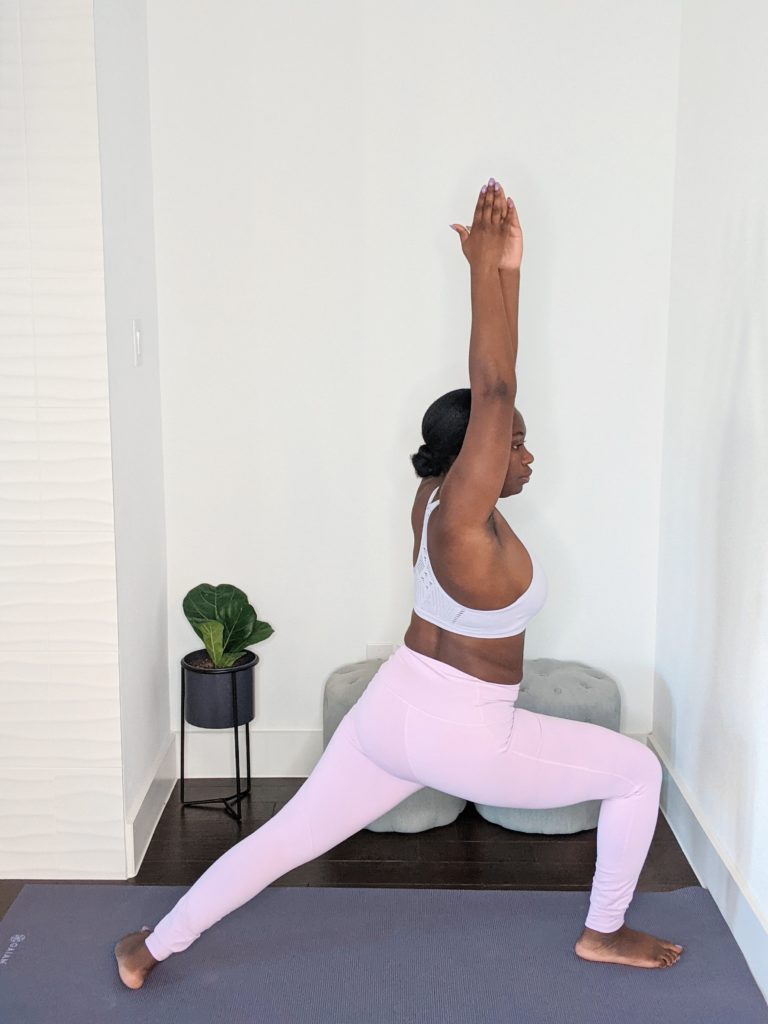
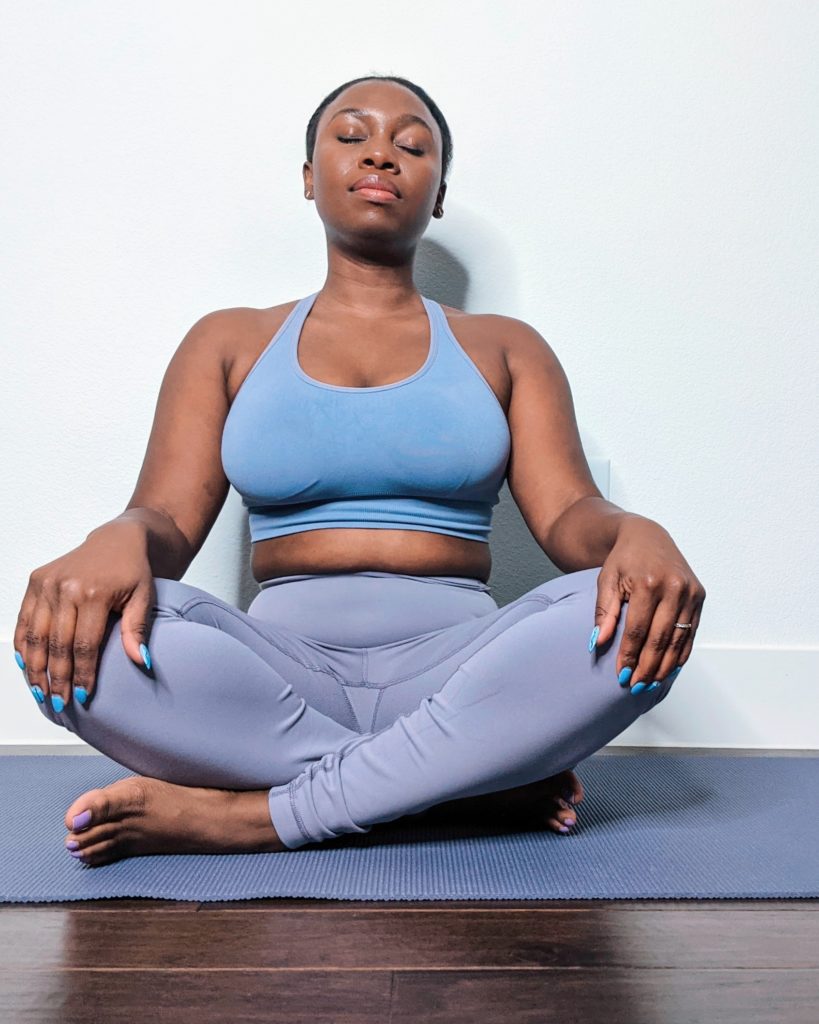


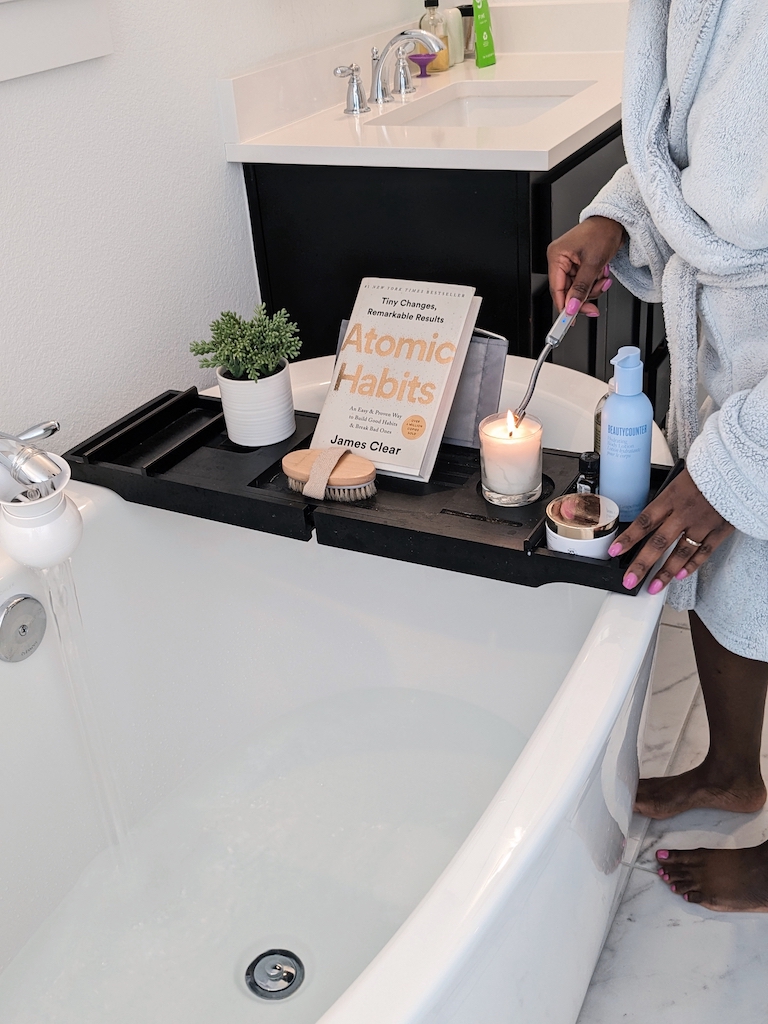
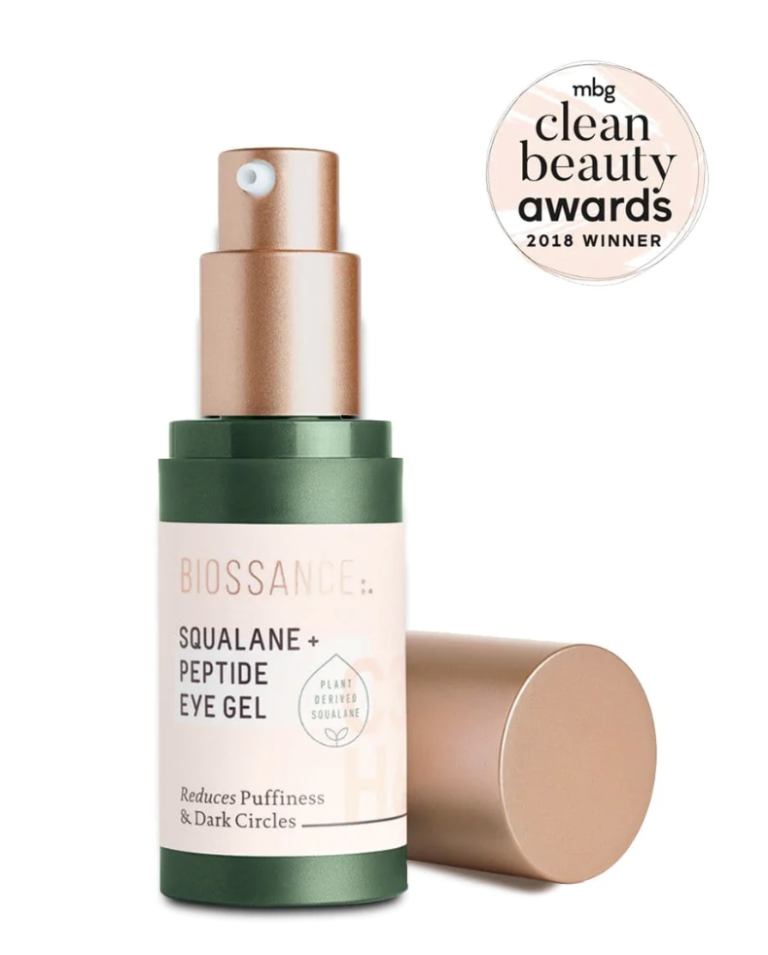
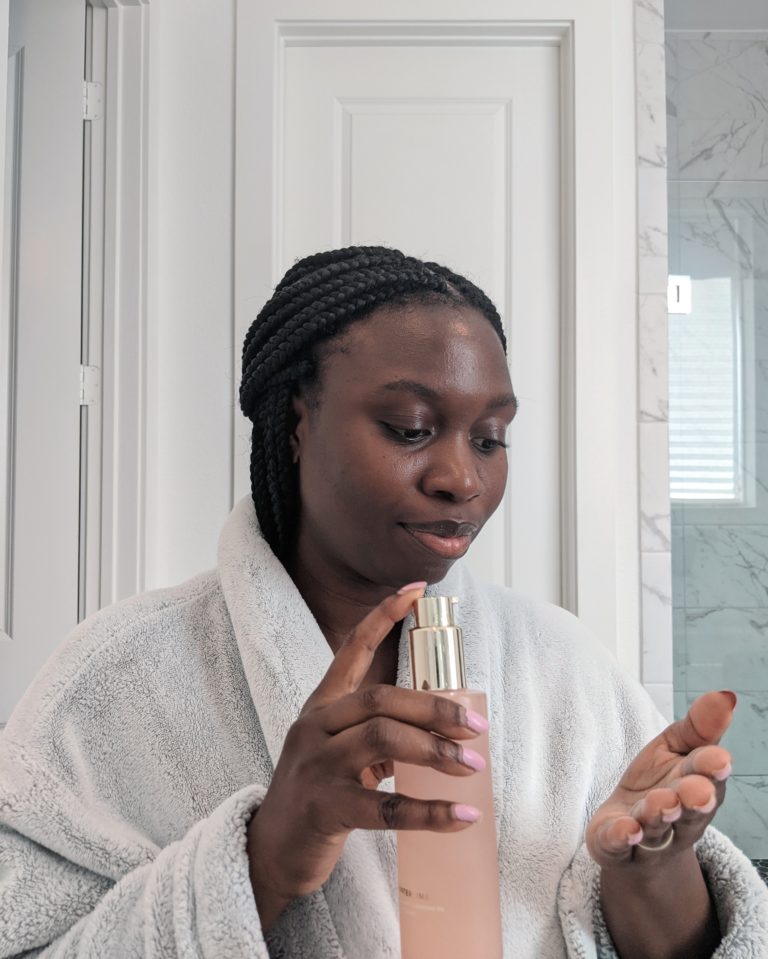

2 Comments